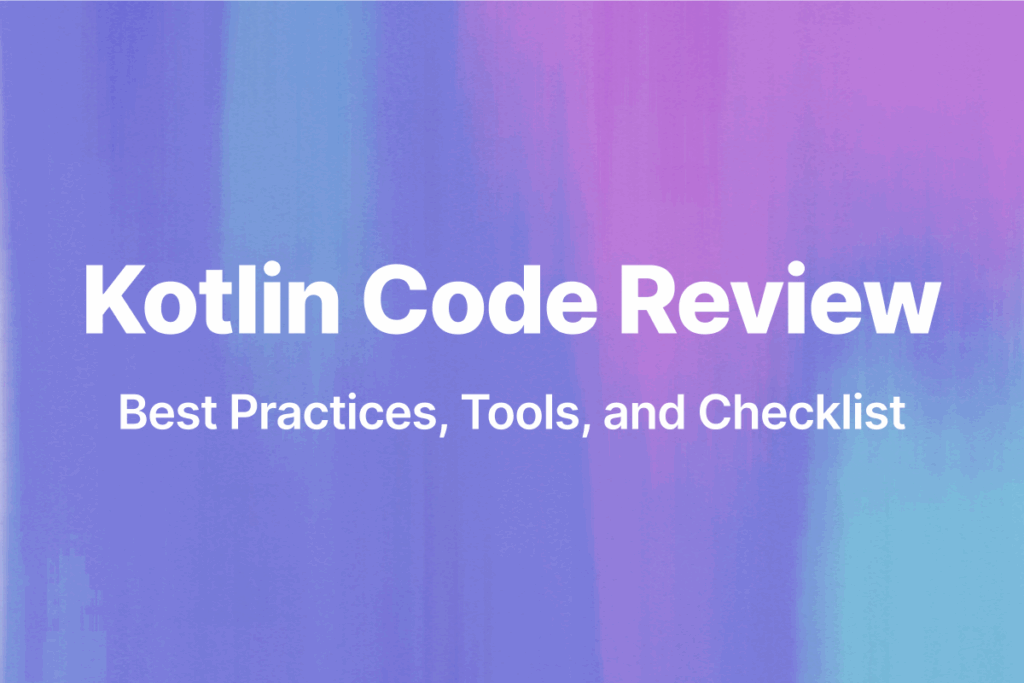Are you tired of spending hours building real-time streaming applications from scratch? Look no further than Kafka Streams! This distributed streaming platform is a game-changer for developers, allowing them to quickly and easily create applications with ease.
One of the standout features of Kafka Streams is its ability to effortlessly manage and store data through internal topics. However, we understand that sometimes you need more control over the process. That’s where the option to disable automatic internal topic creation comes in handy.
With Kafka Streams, you’re in the driver’s seat, able to customize your streaming application to your exact specifications. This article will discuss everything about disabling internal topic creation in Kafka Streams.
Understanding Internal Topics in Kafka Streams
Internal topics are topics that Kafka Streams creates and manages internally for various purposes. From offsets to state stores to changelogs, internal topics are the go-to solution for keeping your information safe and sound.
But that’s not all they’re good for. Internal topics also play a key role in ensuring fault tolerance, as they allow for data recovery in the face of unexpected failures.
But that’s not all. Kafka Streams uses internal topics to replicate data between nodes in a cluster, ensuring that your data is never lost, no matter what happens. And if that’s not impressive enough, internal topics also store intermediate results of computations, giving you the ability to restore your application to its previous state if something goes wrong.
Steps for Disabling Internal Topic Creation in Kafka Streams
Are you ready to take control of your Kafka Streams internal topics? With these simple steps, you’ll be able to disable automatic topic creation and create and manage your own topics like a pro!
Here’s how you can disable internal topic creation in Kafka Streams:
Step 1: Set the auto.create.topics.enable property to false
- You can do this in the configuration file or programmatically
Step 2: Create the internal topics manually
- You can use the Kafka CLI or API to get the job done
- Don’t forget to set the replication factor to 3 or higher to keep your data safe and sound
Step 3: Register the internal topics with the Streams instance
- You can use the Kafka Streams API or set the internal.topics.config property in the configuration file
Step 4: Secure the internal topics
- Set ACLs on the topics or use the Kafka Streams API to configure security settings
Don’t let automatic topic creation hold you back – take control of your Kafka Streams internal topics today and create a streaming application that’s tailored to your exact specifications!
Advantages of Disabling Internal Topic Creation
Disabling the automatic creation of internal topics has several advantages. Here are some key advantages of disabling internal topic creation in Kafka Streams:
More control over topic naming conventions and availability
- With automatic topic creation disabled, you can choose exactly which topics are used by your application
- This is especially useful for applications running in shared environments or those with strict topic naming requirements
Reduced memory and disk usage
- Without unnecessary topics taking up valuable resources, your application can run more efficiently
Improved performance
- Limiting the number of topics can help reduce overhead and boost application speed
- This is especially useful for high-traffic applications where every millisecond counts
By disabling automatic internal topic creation, you can take your Kafka Streams application to the next level. With more control over your topics, reduced resource usage, and improved performance, you’ll be able to create a streaming application that’s optimized for your exact needs.
Troubleshooting Tips for Disabling Internal Topic Creation
If you are having trouble disabling internal topic creation in Kafka Streams, Here are some helpful troubleshooting tips to get you back on track:
Double-check your internal topic creation and registration
- Make sure all necessary topics have been manually created and registered with the Streams instance
- This is essential for proper application function
Check for spelling and syntax errors
- A small mistake in your code or configuration file could be causing big issues
- Take a close look and make sure everything is correct
Consult the Kafka Streams documentation or developer forums
- Other users may have encountered similar issues and can offer valuable insights
- Don’t be afraid to ask for help!
Ensure you’re using the correct version of Kafka Streams
- Upgrading to the latest version could solve the problem
- Make sure you’re using the right version for your needs
With these tips in mind, you’ll be able to overcome any challenges related to disabling internal topic creation in Kafka Streams.
Potential Pitfalls of Disabling Internal Topic Creation
Disabling internal topic creation does have some potential pitfalls that developers should be aware of. Some are mentioned below.
- Managing internal topics: Without automatic topic creation, developers will need to manually create and manage all internal topics, which can add complexity to the application’s management.
- Risk of data loss: Since internal topics are not automatically recreated after an application restart, there is an increased risk of data loss. This can be a serious concern for applications that rely on internal topics for fault tolerance or data recovery.
- Increased latency: Disabling internal topic creation can increase latency in the application since topics must be created before they can be used. This can lead to delays in processing messages and cause performance issues.
- Increased costs: By disabling automatic internal topic creation, developers will need to manually manage and maintain all internal topics, which can increase costs for the organization.
Overall, developers need to weigh the benefits and drawbacks of disabling internal topic creation and make a decision that best suits the application’s specific requirements and goals.
Best Practices for Working with Internal Topics in Kafka Streams
When working with internal topics in Kafka Streams, there are a few best practices that developers should keep in mind.
Always set the replication factor for internal topics to 3 or higher: By doing so, you can guarantee that your data will still be available even if one of the brokers goes down. This will help prevent any data loss and ensure that your application can continue to operate smoothly.
- Monitor resources: Keep an eye on the resources being used by your application, such as memory and disk usage. Doing so will help identify potential issues early on and allow you to take proactive measures to prevent any problems from occurring.
- Properly test your application before deploying it into production: Testing is crucial to ensure that all internal topics are working correctly, and data loss is minimized. By testing your application thoroughly before deployment, you can be confident that it will perform as expected.
- Consider disabling internal topic creation: If you want more control over your applications and want to reduce memory and disk usage, disabling internal topic creation can be a useful option. However, it’s important to understand the potential pitfalls and best practices before making changes to your applications.
- Understand the impact of disabling internal topics: Disabling internal topics can lead to decreased performance if your application heavily depends on them. Additionally, it’s important to be aware of the potential for data loss, as disabling internal topics could lead to data inconsistencies.
By following these best practices, you can ensure that your Kafka Streams application is optimized for performance, reliability, and accuracy. Keep these tips in mind as you develop and deploy your application, and you’ll be well on your way to success.






